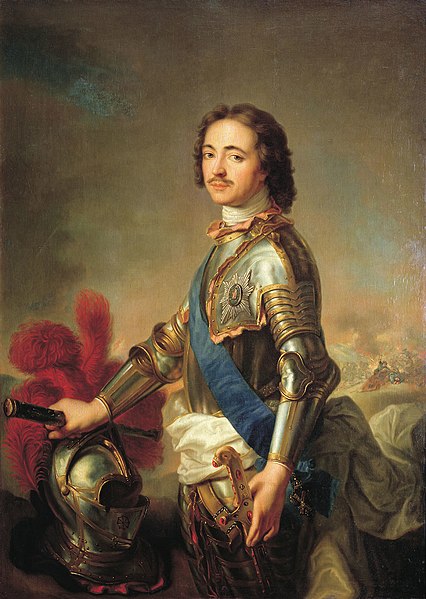The early history of Siberia was greatly influenced by the sophisticated nomadic civilizations of the Scythians (Pazyryk) on the west of the Ural Mountains and Xiongnu (Noin-Ula) on the east of the Urals, both flourishing before the common era. The steppes of Siberia were occupied by a succession of nomadic peoples, including the Khitan people, various Turkic peoples, and the Mongol Empire. In the Late Middle Ages, Tibetan Buddhism spread into the areas south of Lake Baikal.
Yermak's Conquest of Siberia, a painting by Vasily Surikov
Mount Belukha in the Altai Mountains
"Minusinsk Steppe", Vasily Surikov's painting
The Mongol Empire, ca. 1300 (the gray area is the later Timurid Empire)
The Russian Empire, also known as Imperial Russia or simply Russia, was a vast realm that spanned most of northern Eurasia from its proclamation in November 1721 until its dissolution in March 1917. At its height in the late 19th century, it covered about 22,800,000 square kilometres (8,800,000 sq mi), roughly one-sixth of the world's landmass, making it the third-largest empire in history, surpassed only by the British and Mongol empires; it also held colonies in North America between 1799 and 1867. The empire's 1897 census, the only one it conducted, found a population of 125.6 million with considerable ethnic, linguistic, religious, and socioeconomic diversity.
The Victory at Poltava, painted by Alexander von Kotzebue in 1862
Peter the Great officially proclaimed the Russian Empire in 1721 and became its first emperor. He instituted sweeping reforms and oversaw the transformation of Russia into a major European power. Painting by Jean-Marc Nattier, 1717.
Empress Catherine the Great, who reigned from 1762 to 1796, continued the empire's expansion and modernization. Considering herself an enlightened absolutist, she played a key role in the Russian Enlightenment (painted in the 1780s).
1764, Rouble Catherine II ММД - Krasny Mint








